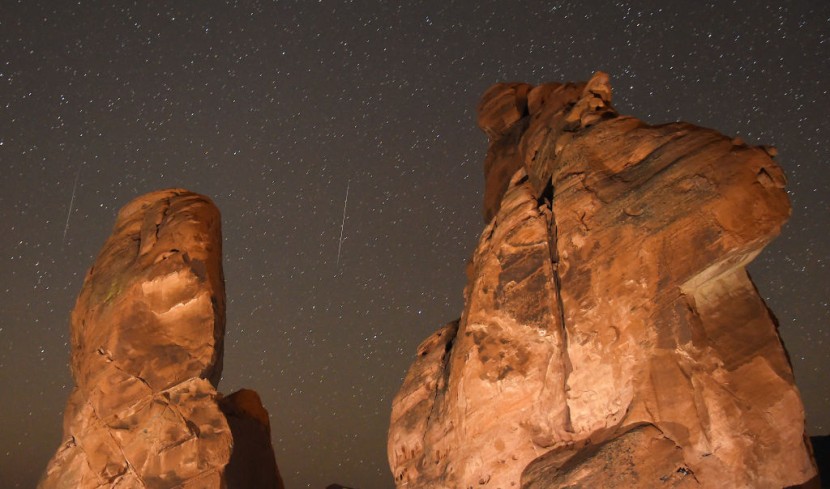In the calendar year, the Geminid meteor shower caps off the astronomical events of every year.
For 2023, astronomers claim that this year's Geminids would be one of the best celestial fireworks displays as it would happen on a new moon and in generally favorable weather conditions throughout the United States.
SpaceWeather.com noted that skywatchers in areas with very dark areas could see as many as 100 meteors per hour.
Alternatives to Going Out in Cold Weather
Since the Geminid meteor shower happens every winter, many people might be discouraged from going out due to the cold weather. However, those who would like to catch the Geminid meteor shower tonight (Wednesday night, December 13) could do so thanks to free online livestreams hosted by the Slooh telescope network and the Virtual Telescope Project in Rome.
Astronomer Gianluca Masi, who operates the Virtual Telescope Project, will be hosting the meteor shower beginning at 18:00 Eastern Time (23:00 UTC).
"This year, the moon will be new, so not visible in the sky, offering the best, darkest conditions for a memorable experience. We can expect about 100 meteors per hour," he wrote on the project's website.
A second livestream of the meteor shower will also be hosted on Thursday (December 14), beginning at the same time.

Meteors of Gemini
The Geminid meteor shower got its name from the constellation Gemini, the area in the sky from which the meteors appear to originate, which astronomers called its radiant point.
The Geminids were noteworthy in that, unlike other meteor showers, they were created not by debris from a comet but by leftovers of 3200 Phaëthon, an Earth-crossing Apollo asteroid with an orbit that brought it closer to the sun than any other named asteroid.
Their uniqueness could also be attributed to the different colors of their streak as they touched the Earth's atmosphere, according to NASA Marshall Space Flight Center Meteoroid Environment Office lead Bill Cooke.
"Most meteors appear to be colorless or white, however, the Geminids appear with a greenish hue. They're pretty meteors!" he said.
Related Article : NASA's James Webb Captures Most Detailed Image of Supernova in History








